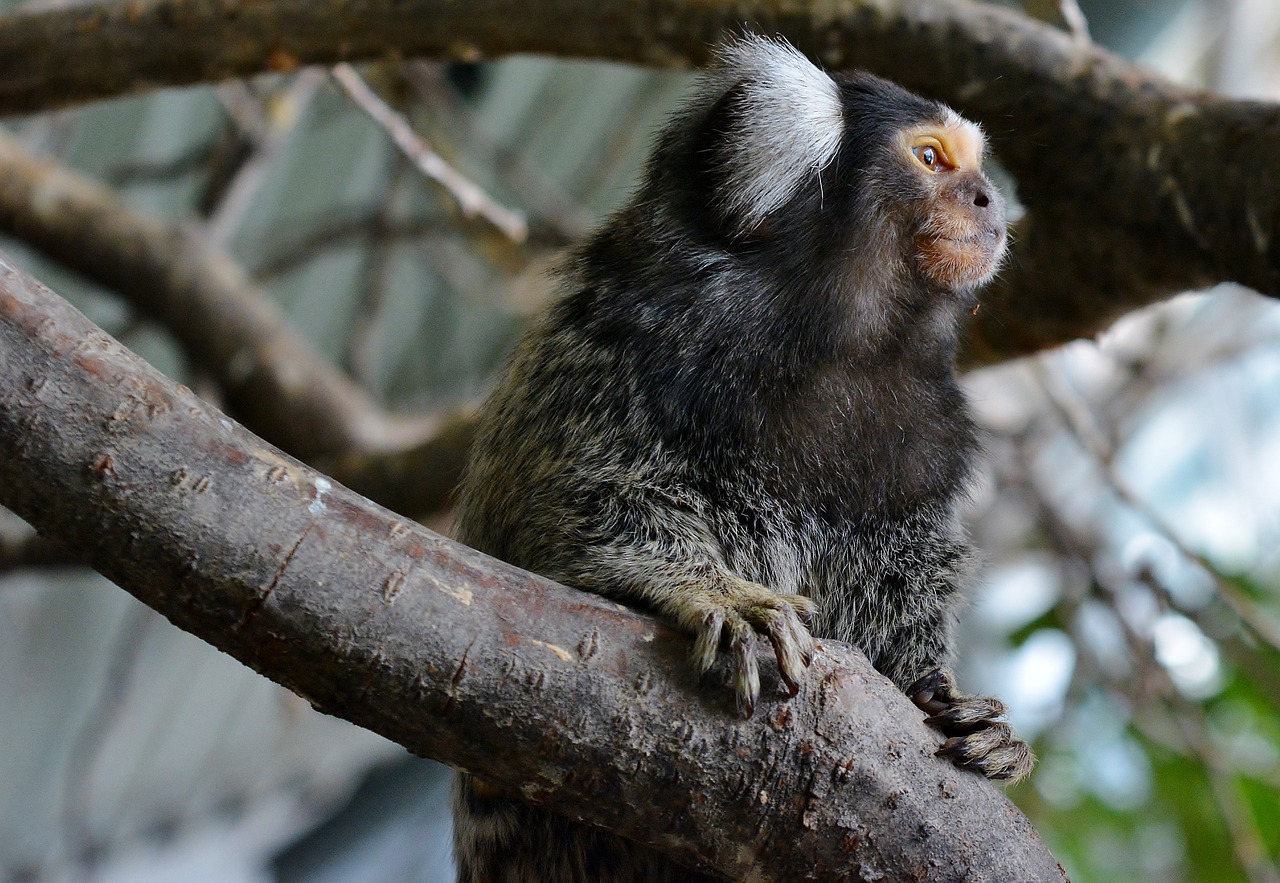Located in South America and having a warm and wet climate, Brazil is a fantastic place to visit if you are interested in observing a wide range of amazing animals.
This trip in April 2024 involved spending a week on a beautiful island called Ilya Grande (Big Island).
This is a beautiful island located just over an hour from Rio De Janeiro. It has
beautiful, pristine rainforest, incredible beaches and sea. It also does not have motorised
transport (apart from one police car, a rubbish collection truck and some temporary
construction vehicles). This means the island is very peaceful and a wonderful place for
observing wildlife.
During this trip we stayed in a small hotel located 5 minutes from the beach and surrounded by the rainforest. We took numerous walks at various times of day with the aim of observing as much wildlife as we could.

Amazing Animals Observed in Ilya Grande
Large Stick Insect
Location observed: Outside hotel room
Overview of Stick Insects
Stick insects, also known as walking sticks or phasmids, are remarkable creatures found in various parts of the world, often thriving in tropical or subtropical environments. These insects are renowned for their incredible camouflage abilities, with many species resembling twigs or branches, hence their name. Their elongated bodies, slender legs, and leaf-like appendages allow them to blend seamlessly into their surroundings, providing them with a natural defence against predators. Stick insects exhibit sexual dimorphism, with females typically larger than males, and they undergo incomplete metamorphosis, hatching from eggs as miniature versions of the adults.
In addition to their remarkable camouflage, stick insects display fascinating behaviours and adaptations. Many species are capable of parthenogenesis, allowing females to reproduce without mating with males. This reproductive strategy has contributed to their success in various ecosystems. Stick insects are primarily herbivores, feeding on a wide range of plants, although some species have been known to consume other insects as well. Their unique biology and behaviours make them popular subjects for scientific study and captive breeding programs, with enthusiasts and researchers alike marvelling at their diverse forms and ecological significance.
Humming Birds.
Location observed: Path next to beach
Overview of Humming Birds
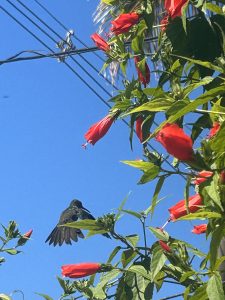
Hummingbirds are among the most enchanting and captivating birds found in the Americas, known for their vibrant plumage, remarkable agility, and distinctive hovering flight. With their iridescent feathers and rapid wingbeats, these tiny birds are a marvel of nature, often appearing like living jewels as they flit from flower to flower. Hummingbirds are renowned for their specialized adaptation to nectar-feeding, possessing long, slender bills and extendable, tube-like tongues that allow them to extract nectar from deep within flowers. Their high metabolic rates require them to consume large quantities of nectar, making them important pollinators for many flowering plants.
Beyond their unique anatomy, hummingbirds exhibit fascinating behaviours and life history strategies. They are known for their elaborate courtship displays, with males performing aerial acrobatics and vocalizations to attract mates. Despite their diminutive size, hummingbirds are highly territorial and will fiercely defend feeding territories and nesting sites. Their nests, often constructed from plant fibers and camouflaged with lichens or moss, are architectural wonders, providing a safe haven for their tiny eggs and nestlings. Hummingbirds undertake remarkable migratory journeys, with some species traveling thousands of miles between their breeding and wintering grounds, showcasing their incredible endurance and navigational abilities. As symbols of energy, beauty, and freedom, hummingbirds continue to captivate the imaginations of birdwatchers, scientists, and nature enthusiasts around the world.
Golden Silk Spider
Location observed: Coastal path
Overview of Golden Silk Spider
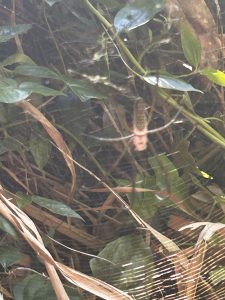
Golden silk spiders, also known as golden orb-weavers, are captivating arachnids found in tropical and subtropical regions around the world. Named for the stunning golden hue of their silk, these spiders are renowned for their intricate orb-shaped webs, which glisten in the sunlight like delicate works of art. With their large, colourful abdomens and long, slender legs, golden silk spiders are both striking and formidable predators in their ecosystems. They possess remarkable silk-producing glands, capable of spinning threads that are not only strong and durable but also highly elastic, allowing their webs to withstand the forces of wind and rain.
In addition to their remarkable silk production, golden silk spiders exhibit fascinating behaviours and adaptations. They are skilled hunters, patiently waiting in the centre of their webs for unsuspecting prey to become ensnared in their sticky silk strands.
Despite their formidable appearance, golden silk spiders are generally harmless to humans, preferring to focus their predatory efforts on insects and other small arthropods. Their webs play a crucial role in maintaining ecological balance, serving as efficient traps for insects and contributing to nutrient cycling in their habitats.
While their presence may evoke fear in some, golden silk spiders are important components of healthy ecosystems, showcasing the beauty and complexity of the natural world.
Tropical Black Vultures
Location observed: Small stream near to beach
Overview of Black Vultures
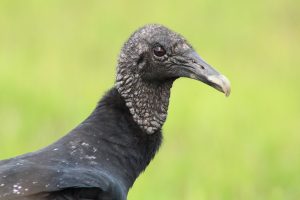
Tropical black vultures, also known as American black vultures, are iconic scavengers found throughout the Americas, from the southern United States to South America. These distinctive birds are easily recognizable by their black plumage, featherless heads, and robust bodies, which are adapted for their scavenging lifestyle. With wingspans of up to six feet, tropical black vultures are powerful fliers, capable of soaring effortlessly on thermal updrafts as they search for carrion and other sources of food. Despite their somewhat sinister appearance, these vultures play a vital role in their ecosystems, helping to clean up carcasses and recycle nutrients, thereby reducing the spread of disease and maintaining ecological balance.
In addition to their scavenging habits, tropical black vultures exhibit fascinating social behaviours and adaptations. They are highly social birds, often congregating in large flocks at communal roosts and feeding sites. These gatherings provide opportunities for socializing, mating displays, and cooperative foraging, with individuals sharing information about the location of food sources.
While primarily scavengers, tropical black vultures are opportunistic feeders, and they may also prey on small animals or scavenge from human settlements. Despite facing threats such as habitat loss and poisoning from ingesting contaminated carrion, tropical black vultures have adapted to a wide range of environments and continue to thrive in diverse habitats across the Americas.
Marmoset Monkey
Location observed: Outside hotel
Overview of Marmoset Monkey
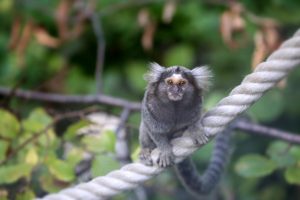
Marmoset monkeys are small, agile primates native to the rainforests of South America. Known for their endearing appearance and lively personalities, these pint-sized primates are members of the Callitrichidae family, which also includes tamarins and other small New World monkeys. Marmosets are distinguished by their fluffy fur, long tails, and distinctively masked faces, with some species displaying tufts of hair on their ears. They are highly social animals, typically living in family groups consisting of a breeding pair and their offspring, with cooperative care and grooming behaviours being integral to their social structure.
In addition to their charming demeanour, marmosets exhibit fascinating behaviours and adaptations that have captivated researchers and enthusiasts alike. They are renowned for their acrobatic abilities, using their prehensile tails and nimble hands to navigate their forest habitat with ease. Marmosets are omnivorous, feeding on a varied diet of fruits, insects, tree sap, and small vertebrates, which they forage for in the canopy. Their small size and agile nature enable them to exploit a wide range of food sources, making them adaptable and resourceful inhabitants of the rainforest ecosystem.
Despite their diminutive stature, marmosets play an important ecological role as seed dispersers and prey for larger predators. However, they face numerous threats in the wild, including habitat loss, fragmentation, and the pet trade. Conservation efforts are underway to protect marmoset populations and their forest habitats, highlighting the importance of preserving these charismatic primates and the biodiversity of their tropical rainforest homes.

Extra information
Animal-Club provides animal parties or animal handling workshops. You will be able to see, learn and interact with many wonderful animals with the help of our presenters. Our mobile zoo has many friendly animals such as rabbits, tarantulas, geckos, vinegaroons and more, perfect for an animal party. We can also , come over to your school for an animal school visit or arrange for an animal workshop with us where the children can learn about looking after animals and animal behaviour, and have fun too.



